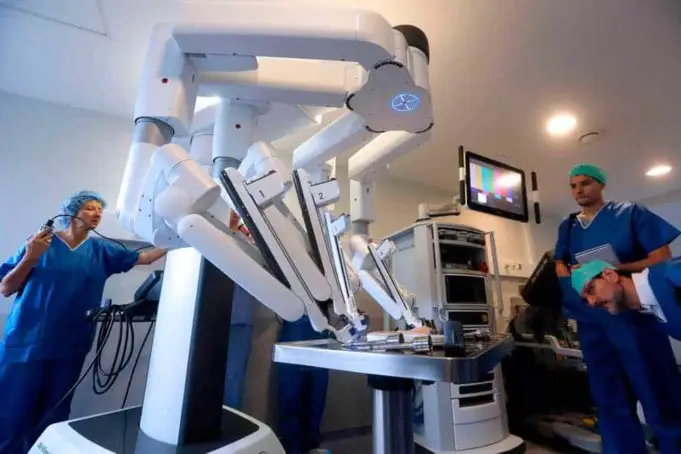The foundation of the Western tradition of diagnosis and medicine goes back to Galen in Ancient Greece. Advances in medical technology were quite slow until the 15th Century when the modern study of anatomy began.
Since the Renaissance, the improvements in medical science have increased with general advances in technology. That trend is only accelerating as the cost of sensors and electronics plummets.
Microscopy
Microscopes are an essential part of any diagnostician’s toolkit, and are used for looking at blood and tissue samples. Traditional microscopes don’t store images; slides are prepared and filed, and have to be reloaded into the scope to be reviewed. USB microscopes send their pictures directly to computer screens, storing the images digitally for further analysis.
MRI Imaging
The first in-body imaging systems was the X-ray, and it’s still in use in most clinics. The high end in-body image system is an MRI, or Magnetic Resonance Imaging system. They can generate real-time 3-D displays of tissues, and can be tuned to show blood flow through tissue or electrical activity through the nerves – it even gives live images of brain area activity.
While there won’t be a market for home MRI machines in the foreseeable future, they remain the gold standard for diagnostic imaging.
System On A Chip Sensors
The same technology that makes three-axis motion sensors work on smartphones is changing the medical industry. Sensors that can detect trace gasses and protein signatures are making blood tests vastly more efficient and less expensive.
What used to take a large samples of blood and a week at a dedicated lab can be handled directly at clinic with single drops of blood because of advances in micro-electronics.
Genetic Testing Services
The Human Genome Project took nearly a decade to fully sequence DNA, and it cost several billion dollars. Now 23andMe is offering polymerase chain reaction sequencing for $99 for existing subscribers, thought they’re currently working out some regulatory issue with the FDA.
There will be other genetic testing services in the near future. The price of the technology is dropping rapidly, and there’s a wealth of data that can be collected from your DNA that can be used to tailor medical treatments specifically for you.
The march of technology has come a long way since Leonardo da Vinci first published illustrations of the circulatory system. Many of the technologies mentioned here are likely to become smartphone apps or computer services in the near future.












